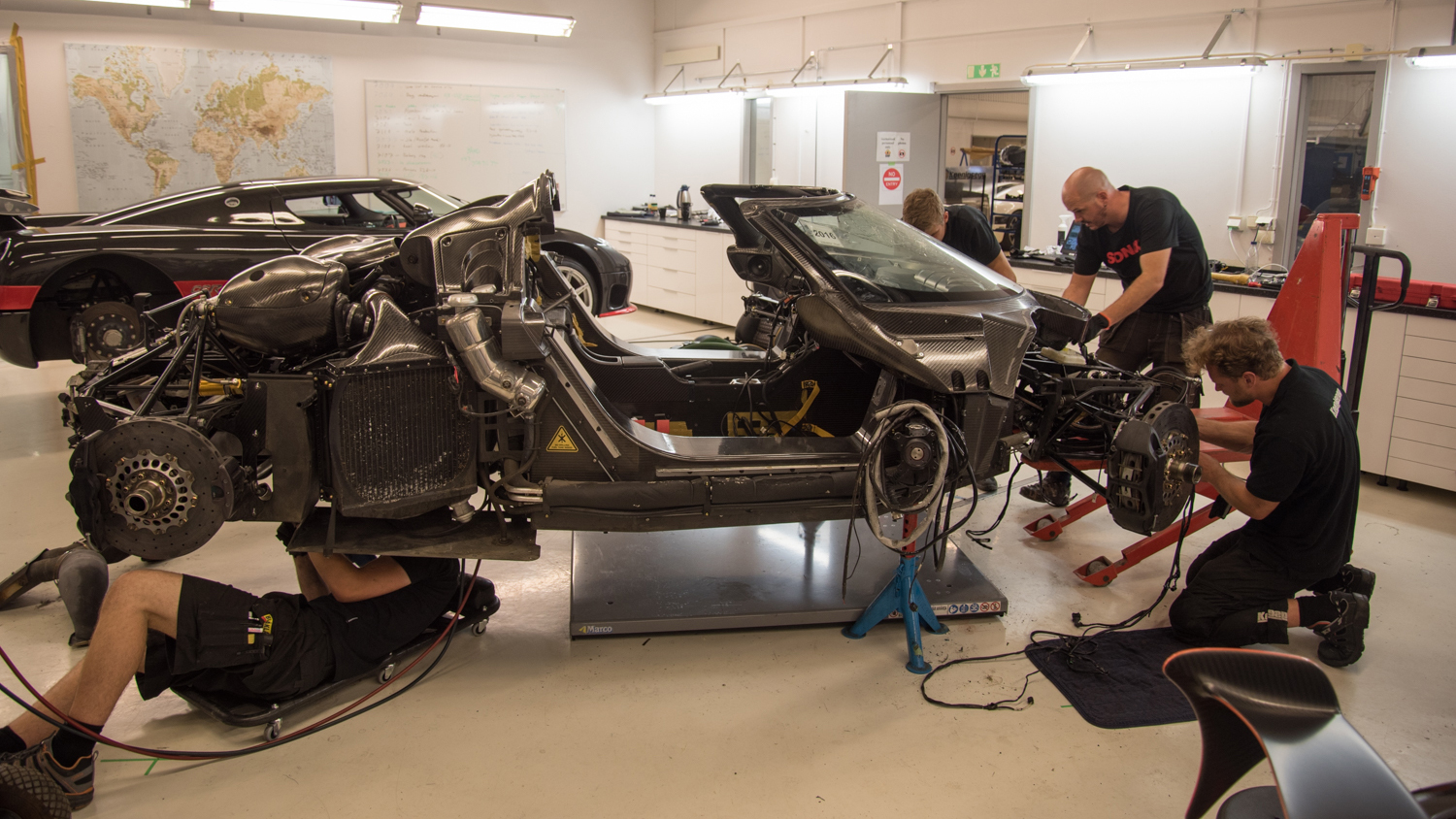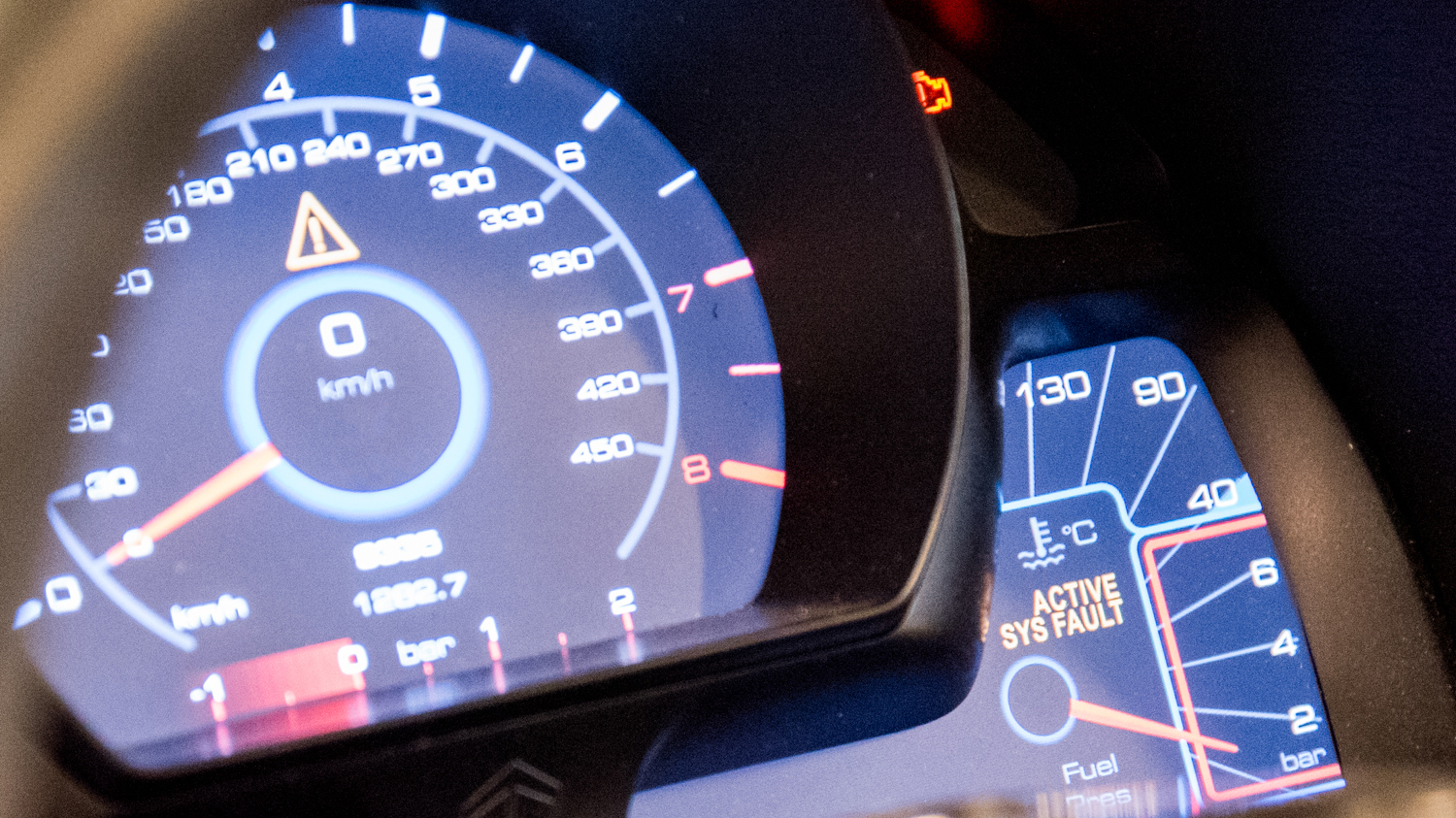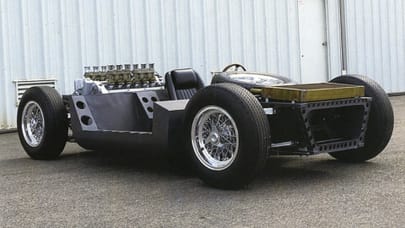
Here's why Koenigsegg's One:1 crashed at the 'Ring
Company's refreshingly honest blog details exact nature of the One:1's smash
Koenigsegg, in a refreshingly honest and open move, has announced full details of the incident that took place earlier this week at the Nürburgring, where its 1340bhp One:1 'megacar' was involved in a high speed crash.
After a detailed analysis of the remains of the car, the company has traced it back to a faulty ABS sensor. The front axle locked up at 170kmh (106mph) sending the car into the armco at 68mph. Such was the force of the impact, the One:1 was launched into the air for 22 metres, turning 180 degrees before landing on its left rear wheel. Once grounded, there was a small fire in the rear of the car because the carbon fibre panels came into contact with the exhaust. How was the fire put out? By the test driver, who had the sense of mind to use the on-board extinguisher.
We'll throw it over to Koenigsegg for a more detailed insight into the hefty shunt.
"Data analysis shows that the dashboard ABS warning light was triggered as soon as the ABS wheel sensor malfunction occurred. The small yellow ABS warning light is located centrally in the dashboard but may be difficult for the driver to see when he is wearing a helmet and concentrating on high-speed driving around the circuit. The driver may not necessarily notice any difference in the braking feel as long as he is not near the ABS braking zone, i.e. braking hard enough that it would have triggered the ABS system.
"Whilst the ABS warning was activated well in advance of lock-up, data analysis shows that the driver’s brake application at Fuchsröhre was the first brake application in the ABS zone. Hence, it was the first opportunity for the driver to notice the ABS fault through the brake pedal.
"Our ABS system, like most, includes a back-up feature where the rear wheels are allowed to continue rotating in the event of an ABS fault that results in the front wheels locking up. Letting the rear wheels rotate instead of locking up together with the front wheels prevents the car from rotating. Instead, the car will continue in a straight line. The system worked to specification, as can be seen by the straight skid marks left by the front tyres on the track prior to the car colliding with the fence," the statement added.
Yesterday - just one day after the accident - Koenigsegg's engineers spent hours trying to replicate the fault using a similar car at their test track, and the results were "entirely consistent with those experienced by the One:1 at the Nürburgring".
"If an ABS fault is triggered in the normal course of driving," Koenigsegg said, "the customer would normally take heed of the warning light, stop the car and have the fault attended to. As long as heavy ABS braking is not needed the car will stay fully drivable and most people would drive it to the nearest service facility to have them examine the system. It was our severe misfortune that this fault occurred just prior to the first instance of ABS-braking into a corner during high-speed testing on the world’s most demanding test track."
The damage, though severe, wasn't terminal for the One:1 (remember, it's just one of seven ever built): the exterior panels and front and rear sub frames were damaged, but the carbon monocoque chassis remained intact, along with the engine, gearbox and other systems. Even the doors worked, while the roof was intact and aligned. There were no fuel, oil or hydraulic leaks of any nature too.
Don't think this incident spells an end to Koenigsegg's attempts at a 'Ring record, mind, nor does it spell the end of that particular One:1. It'll be rebuilt up from the monocoque, while the company will also roll out software changes to applicable cars in the future, too.
Top Gear
Newsletter
Thank you for subscribing to our newsletter. Look out for your regular round-up of news, reviews and offers in your inbox.
Get all the latest news, reviews and exclusives, direct to your inbox.
"This incident will not stop us from continuing our intensive testing at the Nürburgring," Koenigsegg explained, "but it will halt it for some time as the team behind the effort will focus on rebuilding this car before going back again. Today it is a bit hard to say exactly how long that will take but we will do it as efficiently as possible. Will we be back this year? That is also hard to say at this point, but we won’t say a definite ‘no’."
More importantly, the driver was unharmed and OK. "As is customary with severe Nürburgring accidents, our professional driver was taken to hospital for routine tests. Encouragingly, he was released later the same afternoon. We thank him for his alertness in putting out the fire directly after the impact."









